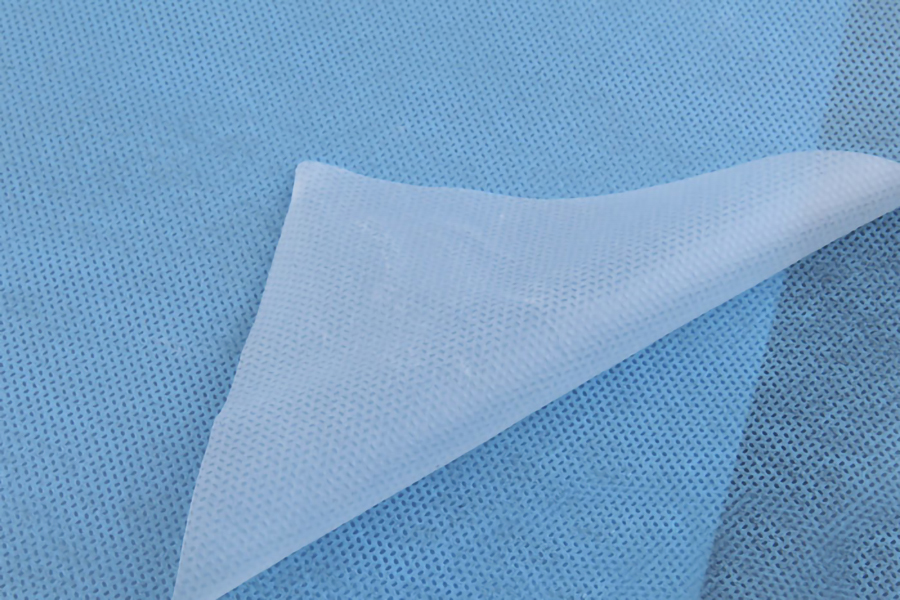The spunbonding process is a non-woven manufacturing technique that contributes to the strength and durability of the fabric. This process involves extruding continuous filaments of a polymer, forming a web of fibers, and then bonding these fibers together. The key aspects of the spunbonding process that enhance the strength and durability of the fabric include:
Continuous Filament Formation:
Spunbonded non-woven fabric is created by extruding continuous filaments of a polymer, typically polypropylene or polyester. The continuous nature of the filaments provides inherent strength to the fabric compared to shorter staple fibers used in some other non-woven processes.
Uniform Fiber Distribution:
The spunbonding process allows for the creation of a uniform and evenly distributed web of fibers. This uniformity contributes to consistent strength across the fabric, reducing weak points or areas prone to tearing.
Web Formation:
The extruded continuous filaments are arranged into a web-like structure. This arrangement provides a foundation for the subsequent bonding process, creating a coherent and interconnected network of fibers.
Thermal Bonding:
After the web formation, the fibers are thermally bonded together. Heat is applied to partially melt the polymer fibers at their cross-over points, creating bonds that hold the fabric together. This thermal bonding enhances the fabric's strength and durability.
No Additional Binders or Adhesives:
Unlike some other non-woven processes that may require additional binders or adhesives to hold the fibers together, spunbonding relies on the melting and solidification of the polymer itself. This results in a fabric that is free from added chemicals and maintains its integrity over time.
High Tensile Strength:
The continuous filaments in spunbonded fabric contribute to its high tensile strength. Tensile strength is the ability of the fabric to withstand stretching or pulling forces without breaking. The continuous filaments provide a strong and cohesive structure.
Resistance to Pilling:
Pilling, the formation of small balls of fibers on the surface of the fabric, is minimized in spunbonded non-woven fabric due to the continuous filament structure. The uniformity and strength of the filaments reduce the likelihood of fiber breakage and pilling.
Abrasion Resistance:
The structure created by the spunbonding process results in a fabric with good abrasion resistance. The fabric can withstand friction and rubbing without significant wear or damage.
Dimensional Stability:
Spunbonded non-woven fabric exhibits good dimensional stability, meaning it maintains its shape and size under various conditions. This is important for applications where consistent dimensions are crucial.
Durability in Harsh Conditions:
The strength of spunbonded non-woven fabric makes it durable in a variety of environmental conditions. It can withstand exposure to sunlight, moisture, and temperature variations without significant degradation.
Consistent Quality:
The automated and controlled nature of the spunbonding process allows for the production of fabrics with consistent quality. This consistency is important for ensuring uniform strength and durability across batches.
The combination of continuous filaments, uniform distribution, thermal bonding, and inherent strength of the polymer contributes to the overall strength and durability of spunbonded non-woven fabric. These characteristics make it suitable for a wide range of applications, including geotextiles, hygiene products, agricultural covers, and more.
